Valentine’s Day in February is a time for many people to express their love. In Taiwan, the seventh day of the seventh month of the lunar calendar, also known as Qixi Festival (七夕), is yet another occasion for lovers to meet. These celebrations involving heartfelt confessions tend to be associated with rich and treacly chocolate. Taipei has seen its chocolate dessert offerings continuously evolving, and through this conversation with Q Sweet patissier Queenie Wu (吳葵妮) and travel and food writer Eric Hsu (徐銘志), let us provide an introduction to developing chocolate trends in Taiwan as well as the creation of a larger space for the exploration of delectable tastes. (Read more: Unveiling Double Seventh Day: Tips for Celebrating Chinese Valentine’s Day)
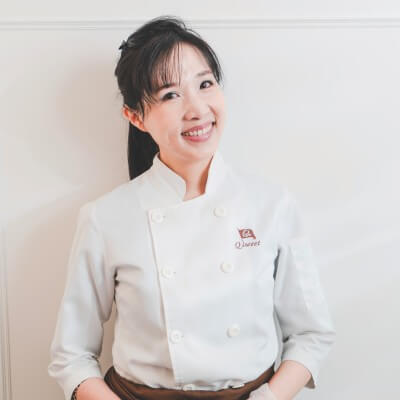
Queenie Wu graduated from the Belgium Chocolate Academy, established Q Sweet because of her love and belief in the flavor of cocoa. She won an award for “White chocolate bars with inclusions or pieces” at the International Chocolate Awards in 2019, and was the patissier who won the most awards in the 2020 Asia Pacific competition, which had 14 countries taking part.

Eric Hsu is a freelance writer whose works have been featured in publications such as GQ, Business Weekly, and Economy Daily News. In recent years, he has been focusing on writing lifestyle articles and often submits chocolate-related reports to newspapers and magazines.
Sweet Blissful Magic
Chocolate is often one of the first types of dessert that people come into contact with, and Wu has had the opportunity to sample chocolates from different countries since her childhood, as her father’s work brought him around the world. As such, she was able to develop an appreciation of chocolate far beyond that of most people. A graduate of the Belgium Chocolate Academy, she believes that among all dessert options, chocolate is the one that is most able to keep people coming back, perhaps due to its taste or its post-consumption effect on the body and mind. She says, “Eating chocolate triggers your brain to secrete dopamine, producing a feeling of happiness. This is what cements its irreplaceable position in the world of desserts.”
Unlike Wu, Hsu’s initiation into the world of chocolate came a little later in life. When he was in school, his knowledge of chocolate, like most people, was limited to the common products he saw on the supermarket or convenience store shelves. It was not until he became a lifestyle features reporter that he discovered the profundity of the world of chocolate. “In the past 20 years, people started discussing the concept of terroir. So I learned crops like cocoa produce different flavors depending on the climate. It was only when people started discussing the concept of terroir that I learned crops like cocoa produce different flavors depending on the climate and environment of the area it is grown in. Chocolate turns out to be somewhat similar to red wine, with each part having subtle differences in taste. This is poles apart from the mass-produced type, which is simply a combination of cocoa and sweetness. My interest in chocolate stemmed from this discovery.” (Read also: A Chocolate Lover’s Dream in Taiwan)
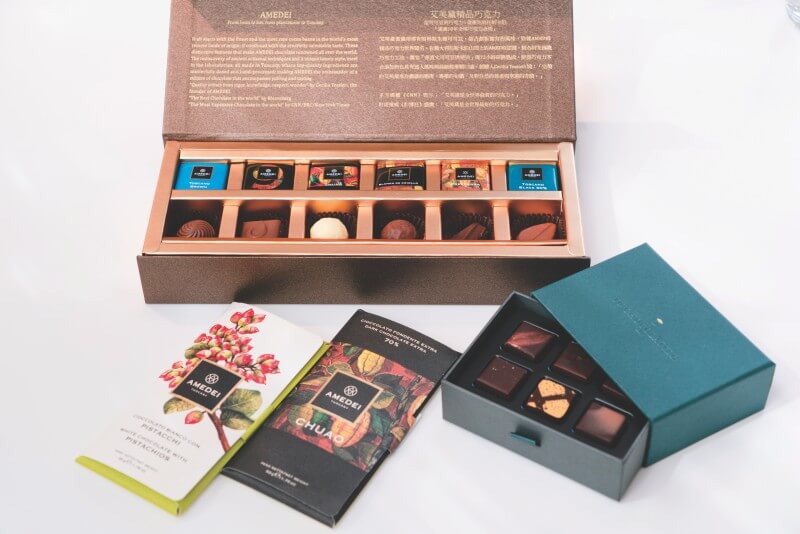
Local Ingredients Bring out Its Taste
Knowing how expansive the world of chocolate is and the magical taste that can be created, Wu, who became the director of a dessert chain at the age of 24, resolved to build her own international brand when starting her own business. She says, “Walking along the Bund in Shanghai, I saw how the intense competition in the fashion industry had become the norm, and I feel this is also the case for desserts. The era of patissiers running a tiny shop in an alley has come to an end. This is an era of international competition. I feel that to carve a niche for yourself, it is important not to blindly chase after what is popular, but rather, to pick what you love and channel your enthusiasm and zeal into it so that you can truly compete with others. So, chocolate, being my favorite, became the main theme of my creations, and with it, I strived to offer the very best cakes, desserts, and drinks at my store.”
Holding fast to this belief, she won the award for “White chocolate bars with inclusions or pieces,” clinching the first ever win for Taiwan in this category at the 2019 International Chocolate Awards (ICA) with her “Szechuan Pepper and Raspberry Chocolate Bars.” Additionally, in the 2020 Asia Pacific competition, she brought home the gold medal in the “Unflavored dark chocolate ganaches or truffles” category.
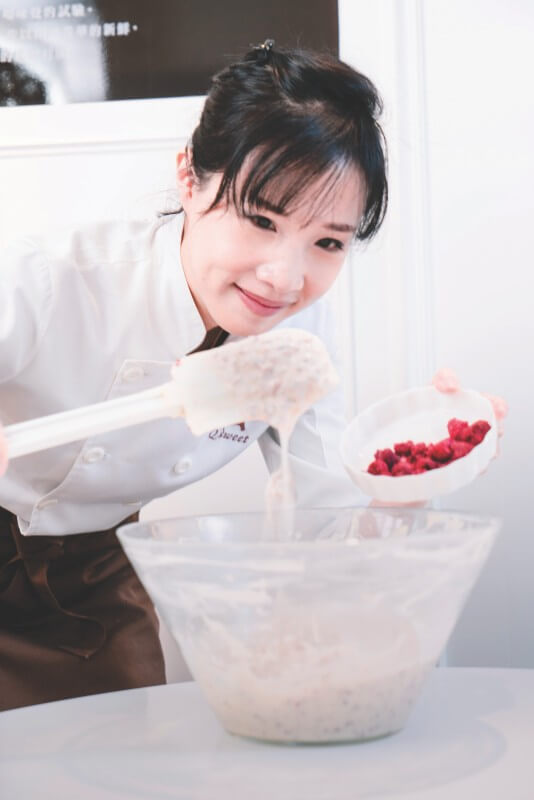
The differences in planting conditions imbue cocoa with different flavor characteristics. Hsu found that quite a number of countries have started to develop their own unique chocolate products based on this. With this trend gaining traction, the patissiers in Taipei are also paying closer attention to the research and development of chocolate products. For example, Le Ruban Pâtisserie (法朋烘焙甜點坊) has introduced a “Six Flavors of Taiwan” chocolate containing rose, soy sauce, longan, ginger, sesame, and coriander, while Yu Chocolatier (畬室) has “Black Sesame Oil and Salt Flower” chocolate. Both deeply impressed Hsu. “By combining familiar ingredients or flavors with chocolate, consumers in Taipei and Taiwan on the whole might feel a deeper sense of connection to their culture when sampling the chocolate. (You might also like: The Best Chocolate Shops in Taiwan)
Both Dark and White Chocolate Can Be Modified to Create Amazing Flavors
Hsu mentions that most people who like chocolate tend to start with dark chocolate. In recent years, the “Bean to Bar” concept, which emphasizes the original terroir-influenced flavor of the beans, and control over the entire manufacturing process, from the selection of beans, to the baking to the finished product, has increased in popularity. As a result, many manufacturers no longer use the model of processing ready-made half-finished chocolate into commercial products. Rather, they are now getting involved from the bean-picking stage in order to ensure that every stage in the process meets the highest standards of quality. Some examples of these are Marou from Vietnam and Amedei from Italy, where both are premium chocolate brands and favorites of Hsu. When Taiwan starts to import products that emphasize terroir characteristics, it will slowly but surely influence how food is viewed by the public.
Dark chocolate’s varying degrees of sweetness allows you to search for one that is perfect for your taste buds. Hsu states, “I like mature, slightly bitter chocolate with a taste of adulthood. This kind of bitterness can be sweetened, and this sweetness is not a one- dimensional sweetness, as different tastes will emerge at different points in time.” However, he also emphasizes that although consumers now know how to choose dark chocolate by the percentage of cocoa, this is by no means the only indicator available. “That only represents the total amount of cocoa paste and cocoa butter, but the exact ratio between the two is up to each company to decide. This will affect the taste, but ultimately, it is decided based on the flavor.”
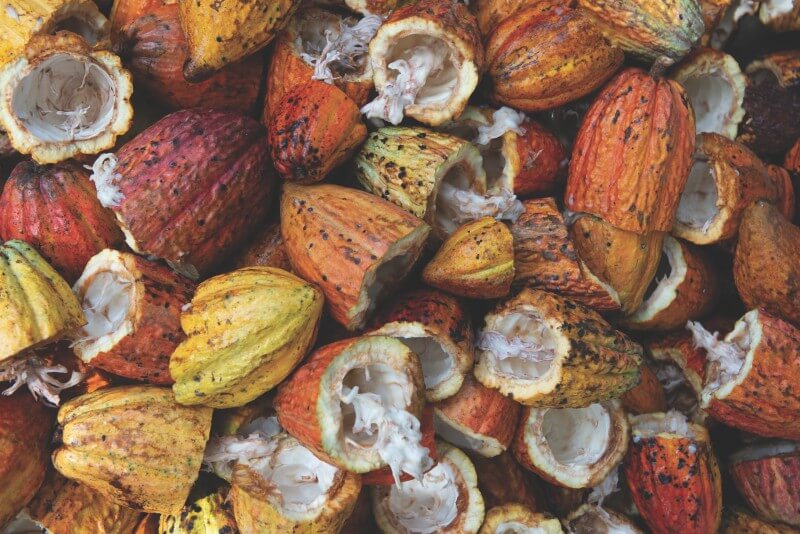
Although dark chocolate has traditionally enjoyed greater standing, Wu has found that in recent years, white chocolate has also begun to take off. She tells us, “Dark chocolate naturally has a thicker flavor, which overshadows the taste of many other ingredients. White chocolate, on the other hand, has less structure to it, serving as a blank canvas for patissiers to try out creative ideas. As such, many people have participated in competitions using white chocolate in recent years.” Indeed, the “Szechuan Pepper Cocoa Bean Healing Chocolate Bar” and “Strawberry Raspberry Healing Chocolate Bar” that she developed have also won over many customers who used to only eat dark chocolate. The way Wu sees it, customers nowadays have a better understanding of the differences between machine- made and hand-made products. Chefs also have a large creative space for their original experiments. (Check also: Hoshing Pastry Shop: Unrolling over 70 Years of Delicious Treats)

There is much more information about chocolate today than in the past. In the many alleys of Taipei are craftsmen and women who ply their trade silently, continuously introducing exquisite and innovative products. Both interviewees encourage customers to sample more, compare more, and let their taste buds take them on an exploratory journey that may lead them to their one true flavor.
Author: Lin Jiahui
Photographer: Yan Hanzhong, Rodrigo Flores
Editor: Joe Henley
This article is reproduced under the permission of TAIPEI. Original content can be found on the website of Taipei Travel Net (www.travel.taipei/en).



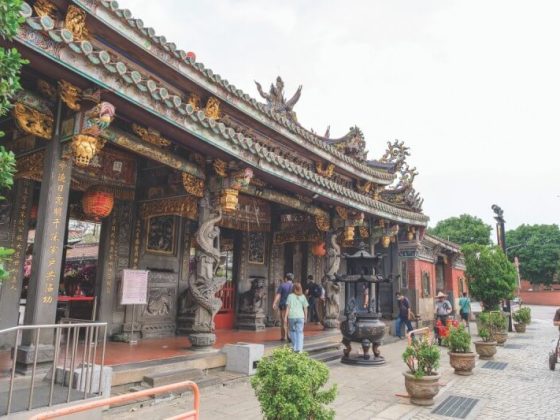


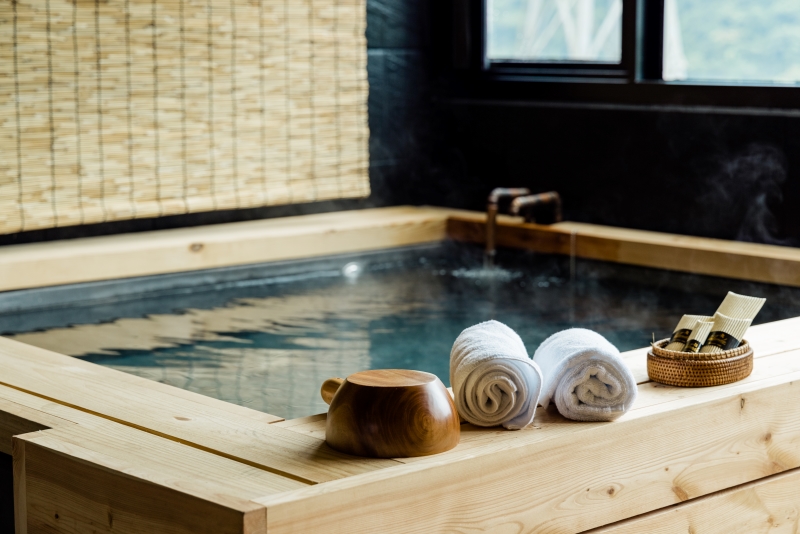






Comments are closed.